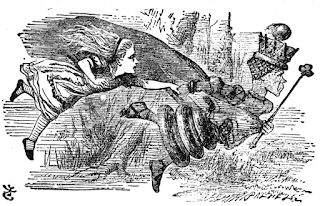Primitive

The most contentious point of evolution we observe today is that of our own species. Many people refuse to accept that early hominids, 'primitive' humans, are primates. Individuals fiercely preach that 'we as a species didn't used to be monkeys!' When the word primitive is used as an adjective it frequently implies slow, ignorant, raw, primal, violent, and undeveloped.. This idea of primitive as a dirty slackjawed individual needs to be undone. To restore dignity to 'primitive' we must take primitive out of the human context, provide a relevant timescale to understand evolution, and highlight how advanced early species were. A primitive dolphin was an ancestor to modern day dolphins. We know dolphins to be intelligent, social, and agile predators. They are capable of complex emotions, self recognition, and cognitive thought. An early dolphin would have been a predator, and hunting requires certain physiological characteristics....



